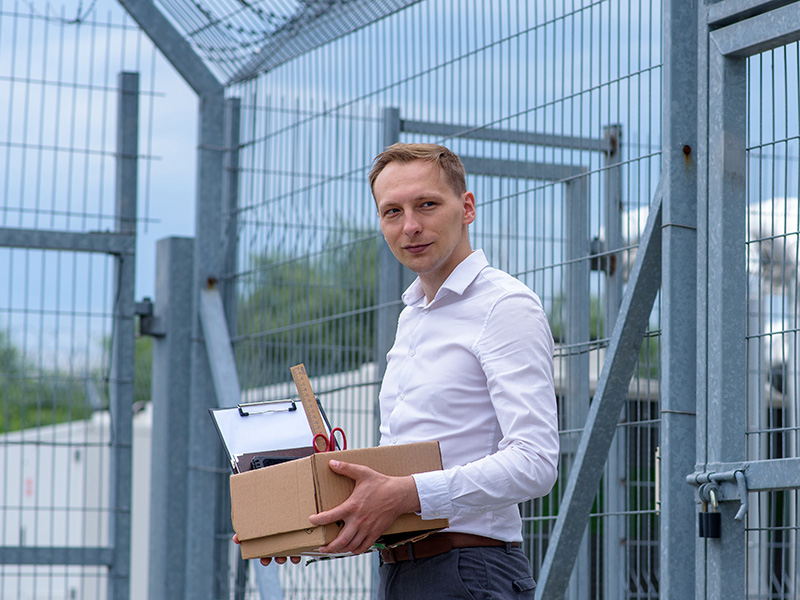Where systems aren’t addressing needs and not only data but ideas are siloed, progress is almost impossible to achieve. That’s true anywhere and especially true in education, where the depth and complexity of the enterprise—and the administration behind it—come with high stakes, intense public scrutiny, and an extensive range of stakeholders.
Small wonder states have struggled to achieve a true educator pipeline that breaks down silos, tracks relevant data over time, and asks the right questions to achieve meaningful insight into educator development and student progress. It isn’t that nobody’s trying; it’s just that disparate interests lead to stalemates. While the data side of state agencies focuses on accountability and compliance, for example, local leaders look for strategic improvement, and the “solution” ends up being to form a task force. In some states, that becomes a vicious cycle, with task forces struggling, disbanding, and later reforming (sometimes with the same members) but never achieving a true educator pipeline.
This is a challenging problem, but it isn’t unsolvable.
Finding a way forward
What’s the best model of an educator pipeline for the job? We know from experience that it isn’t the current siloed and compliance-driven system that leaves big ideas, true change, and collaborative effort out of the equation. Most of the education leaders I talk to want a comprehensive data-collection and -sharing system that answers complex policy questions and allows decision-makers to target resources to the areas of greatest need in the quickest and most responsible manner possible. In short, instead of forming more groups to discuss the problem, leaders want to begin solving it.
Currently, they have bare-bones educator pipelines that function like this:
- Educator preparation programs (EPPs) and vendors submit a minimum amount of required data to the state education agency (SEA), which posts data on a public website, often with little to no interpretation or analysis.
- Mandated Title II reporting captures data in a more consistent manner, but it is delayed a couple of years, limited in scope, and lacks agreement on key terms from state to state.
- SEAs tend to report on specific components, such as licensure data or aggregate professional development data, but no connections or judgments are made across the education career continuum.
- Local education agencies (LEAs) sometimes provide feedback on their impressions of how well EPPs have prepared candidates through surveys or through indirect measures such as educator evaluation scores.
- Statewide assessments of educator preparation, development, and the overall strength and distribution of the teaching workforce are limited or non-existent.
Tying the various pieces of data together into a comprehensive picture of the educator pipeline is impossible or overlooked in most states, as the current approach neither emphasizes nor maximizes the collection and analysis of data for this purpose. Data collection is often viewed as a chore, with little or no connection to ongoing improvement efforts in SEAs, LEAs, or EPPs.
Hardly a fertile ground for insight. Even so, you probably aren’t as far from a true educator pipeline as you might think.
Getting from right now to just right
Luckily, given numerous recent advances in the data-sharing landscape, building from where you are—rather than starting over—is a distinct possibility. The resources and know-how to build and strengthen a future-ready educator pipeline system exist today, even if we are starting with imperfect systems that were built for a different time.
A system that truly functions as an educator pipeline brings benefits at every stage, improving data collection and analytics, facilitating relationships, and building best practices. That system provides:
- Streamlined, trustworthy, and standardized data collection that follows the Ed-Fi Data Standard
- New, robust reporting mechanisms that move the system past compliance into creative decision-making
- Greater opportunities for SEAs to collaborate with stakeholders and decision-makers
- A new role for SEA workers in supporting the needs of the education workforce by creating a data culture
Building the integrated, transparent data environment that truly fosters educator development and provides better outcomes for students isn’t a pipedream but an achievable—and worthy—pursuit made more attainable by current funding opportunities. Devoting resources now to building comprehensive data systems that allow ongoing monitoring and regular program-level adjustments can shift the educator pipeline from an aspirational metaphor to a legitimate organizational framework that unlocks the unrealized potential of policy, practice, and local imagination.
I’m committed to helping states utilize data to find solutions to their toughest problems, recognize what’s working, and build their most effective education environment. And I believe renovating the educator pipeline is a critical step in making that culture shift. My new whitepaper, Toward a True Educator Pipeline: A Radical Rethinking of Data Collection and Analysis, gives you the details about making it happen—and what that shift can unlock.
Share:







